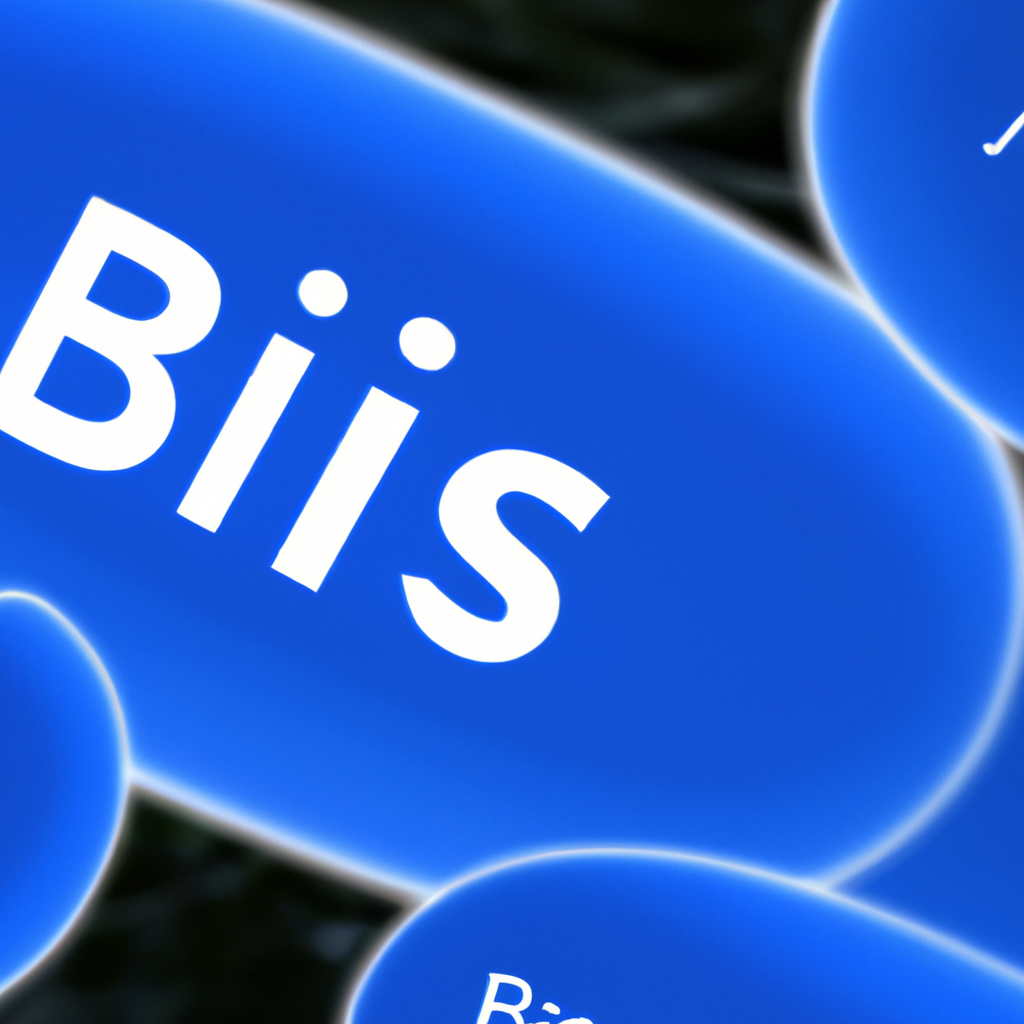The Hidden Brain Behind Your Computer: Unraveling the Mysteries of BIOS
by Jon Fenner

The Hidden Brain Behind Your Computer: Unraveling the Mysteries of BIOS
Introduction
When we switch on our computers, the intricate machinery of the hardware and software comes into play, delivering the seamless experience that we take for granted. But, have you ever wondered about the mechanics of the pre-boot functionality of a computer? It is the BIOS or Basic Input/Output System that runs the show before the operating system gets into gear. In this article, we will delve into the complexities and mysteries of BIOS to understand how it functions behind the scenes.
The Enigmatic World of BIOS: Understanding its Intricacies
BIOS is a crucial component of modern computing systems without which the hardware and software of our computers cannot function. BIOS is the firmware resident on a chip on the motherboard of our computers. It lies between the hardware and the operating system and acts as an interpreter between them.
BIOS is responsible for performing the Power-On Self Test (POST), initializing the hardware, and configuring it to a default state. It then hands over control to the operating system that takes over from there. The BIOS also includes the Setup Utility program that enables the user to configure various settings of their computer, ranging from the boot order to security options.
BIOS has evolved over time, from the legacy BIOS to the modern UEFI (Unified Extensible Firmware Interface). UEFI offers better security features, a graphical user interface, faster boot times, and support for larger storage devices. UEFI has replaced legacy BIOS on most modern computers and is the preferred firmware for new computing devices.
Unveiling the Mysterious Functions of Your Computer’s BIOS
The BIOS performs several critical functions in the pre-boot phase of a computer. It is responsible for checking the integrity of the hardware components of the computer, such as the hard drive, RAM, and CPU. The BIOS also communicates with various input/output devices such as the keyboard, mouse, display, and USB drives.
Apart from these core functions, the BIOS also includes features such as power management, overclocking, and hardware monitoring. It can also improve the performance of the computer by adjusting the memory timings and various other settings.
The BIOS also plays a critical role in the security of a computer, as it controls the boot process and can help prevent unauthorized access or malicious code execution. The BIOS contains a digital signature that helps ensure that the system has not been tampered with, ensuring a secure boot process for your computer.
Conclusion
In conclusion, BIOS is the unsung hero of modern computers, providing critical functionality necessary for booting up our devices. From the early days of the legacy BIOS to the advanced features of modern UEFI, BIOS has evolved to meet the demands of modern computing. Understanding how the BIOS functions behind the scenes can help you troubleshoot issues with your computer and ensure that you get the best performance and security from your device.
The Hidden Brain Behind Your Computer: Unraveling the Mysteries of BIOS Introduction When we switch on our computers, the intricate machinery of the hardware and software comes into play, delivering the seamless experience that we take for granted. But, have you ever wondered about the mechanics of the pre-boot functionality of a computer? It is…